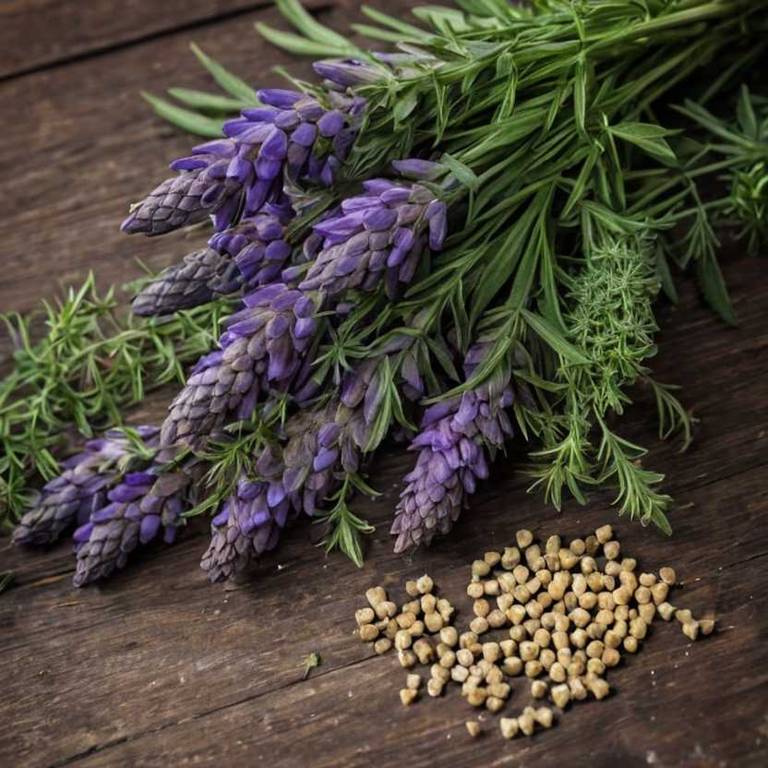Lupinus Albus: What To Know Before Using It For Medicinal Purposes

Lupinus albus, commonly known as the white lupin, has been traditionally used for its medicinal properties due to its high content of alkaloids, saponins, and other bioactive compounds.
It has been employed in herbal medicine to treat ailments such as respiratory infections, digestive issues, and skin conditions, owing to its anti-inflammatory and antimicrobial effects. The plant also contains compounds that may support cardiovascular health by helping to lower blood pressure and improve circulation. However, its use requires caution due to the potential toxicity of its alkaloids, which can cause adverse effects if not properly processed.
Despite these risks, Lupinus albus remains a subject of ongoing research for its potential therapeutic applications in modern medicine.
Health Benefits
Lupinus albus has several health benefits, such as being rich in protein and dietary fiber, which can support digestive health and help maintain a feeling of fullness.
It is also a good source of essential minerals like iron, magnesium, and potassium, which are important for energy production and muscle function. Additionally, lupin beans contain antioxidants that may help reduce inflammation and protect cells from damage. The high fiber content can also contribute to improved heart health by helping regulate cholesterol levels.
Overall, incorporating Lupinus albus into the diet can provide a range of nutritional advantages that promote overall well-being.
10 Best Health Beneift of Lupinus albus
Bioactive Constituents
Lupinus albus has several bioactive constituents, such as alkaloids, flavonoids, saponins, and polyphenols, which contribute to its medicinal value.
These compounds exhibit antioxidant, anti-inflammatory, and antimicrobial properties, making them beneficial for various health applications. Alkaloids like lupinine and lupinamide have been shown to possess neuroprotective and anticonvulsant effects. Flavonoids in Lupinus albus, including quercetin and kaempferol, contribute to its ability to reduce oxidative stress and support cardiovascular health.
Overall, the combination of these bioactive constituents makes Lupinus albus a promising candidate for the development of natural therapeutic agents.
Medicinal Preparations
Lupinus albus has several medicinal preparations, such as teas, tinctures, and poultices, which have been traditionally used for their potential health benefits.
The dried seeds are often ground into a powder and brewed into a tea, which is believed to aid in digestion and provide essential nutrients. Tinctures made from the plant's seeds or leaves may be used to support cardiovascular health due to their high content of bioactive compounds. Poultices prepared from fresh leaves can be applied topically to reduce inflammation and soothe skin irritations.
However, it is important to note that Lupinus albus contains toxic alkaloids, and its use should be approached with caution and under professional guidance.
Side Effects
Lupinus albus can have some side effects, such as gastrointestinal discomfort due to its high alkaloid content, which may cause nausea, vomiting, or diarrhea in some individuals.
Prolonged consumption of lupin seeds may lead to nutrient imbalances, particularly if they replace other essential food sources in the diet. In sensitive individuals, lupin can trigger allergic reactions, including skin rashes, itching, or more severe symptoms like anaphylaxis. Additionally, the presence of lectins in lupinus albus may interfere with nutrient absorption and potentially damage the intestinal lining.
It is important to consume lupin in moderation and consult a healthcare professional before incorporating it into a regular diet, especially for those with existing digestive or allergic conditions.